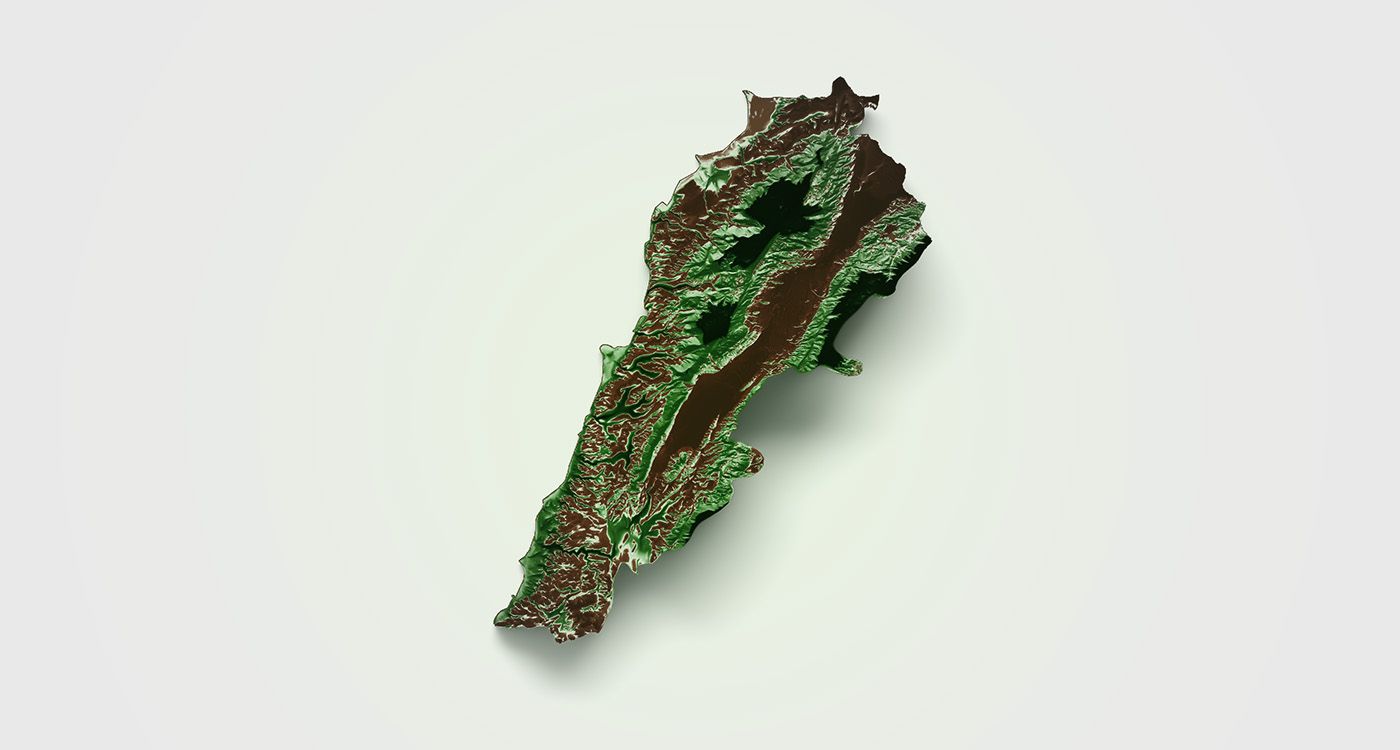
Lebanon's demographic landscape has undergone continuous transformation since the country’s independence, up to the present date.
For instance, a large number of Christian residents from the south gradually migrated over the years, driven by various occupations and conflicts. Many formally changed their civil registrations to new areas, reducing the Christian presence in the south as many sought stability in new locations.
A similar shift occurred during the Israeli occupation that began in 1978, when numerous southerners moved to the Ouzai area and its suburbs, where many have settled. Although much of this land was originally Christian endowment property, the area has since developed into Beirut’s predominantly Shiite southern suburb, with civil registrations now managed in Baabda.
In Jbeil, Shiite residents from the Beqaa have gradually settled, now accounting for approximately one-third of the local population, and their presence in the region has a longstanding history. We are not addressing sectarian divisions here; our focus is on presenting the facts.
Amid the ongoing displacement crisis and the alarming destruction of border villages – where entire communities, along with their possessions, have been uprooted – there is a deep-seated anxiety regarding the potential for distinct changes.
Over 1.2 million displaced individuals from the south and the Beqaa have relocated to areas in Mount Lebanon and the north. Given the prolonged conflict, with no apparent resolution in sight, reconstructing these regions is anticipated to be a lengthy process.
There is a mounting apprehension that this scenario may mirror the transformation witnessed in Beirut’s southern suburbs, which have become a significant stronghold of Shiite presence in Mount Lebanon over the past four decades. Furthermore, the emergence of similar communities in various regions of Lebanon is likely.
While embracing coexistence should not pose a problem, the delicate balance in Lebanon makes such significant demographic shifts unsustainable.
Certain regions may develop into centers of influence where Shiite communities establish homes and settle, potentially leading them to hesitate in returning to the south due to concerns about inadequate reconstruction efforts and lingering fears of future conflicts. This is particularly true unless a comprehensive peace and a lasting solution to the crisis in the south are achieved.
What will be the impact of these changes on Lebanon’s landscape? The migration of Shiites from the south and Beqaa into other regions will significantly impact demographics, electoral dynamics, and the sectarian considerations shaping the nation.
If we fail to address this issue in a way that safeguards the Lebanese structure, we will face social intermingling that jeopardizes Lebanon’s unique identity. This framework is built on power-sharing and coexistence while honoring the uniqueness of Lebanon’s regions and communities. Will we witness strains on this model and potential encroachments, and what consequences could this hold for the Lebanese people's ability to coexist?
Comments